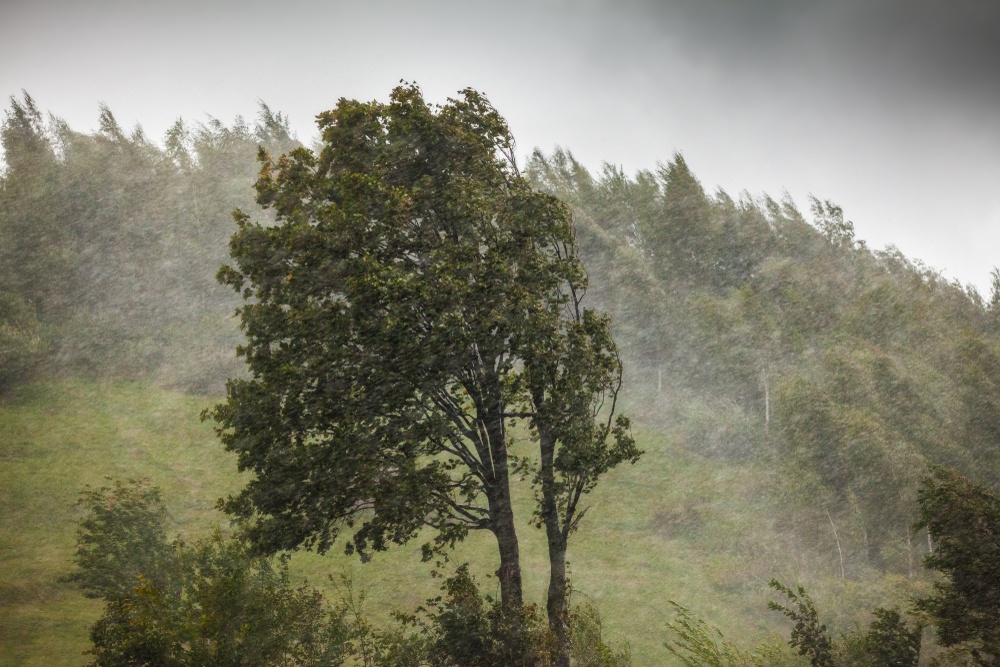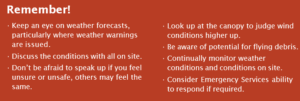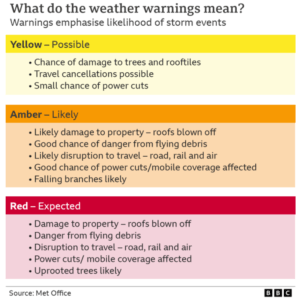We have to assess the conditions and plan how we work to adapt to them. But what does that actually mean for teams on site?
Very wet periods can make the management of water on site very difficult. The main risk is Diffuse Pollution with muddy runoff entering water courses. We have covered this many times in this Bulletin and last year launched our online training. The training gives operators better knowledge of the subject, how to control matters on site and when to call the FWM as they need to stop.
Snow brings a different set of immediate problems. The obvious is slippery conditions on site increasing risk of not only slips, trips, and falls, but also loss of control of machines. It can also limit the available emergency response should an incident occur. Local conditions need to be assessed to decide if it is safe to proceed on site and, if so, if operations should be limited. Once a thaw sets in then the issues are similar to heavy rain.
Wind can be the most challenging site condition to appraise and decide if it is safe to continue.
Wind also presents challenges in two ways. During a windy period all operators must consider the immediate risk. This may be the direct impact of the wind on operations, e.g. chainsaw felling, use of a MEWP etc, but also indirect impacts, e.g. blowing debris, falling trees etc. It can be challenging to appraise and decide if it is safe to continue. This was demonstrated on a site last month where a contractor planting trees was struck by the top of a windblown falling tree. Conditions at ground level can vary greatly from those experienced in the canopy.
Windy conditions also leave a legacy after the storm of windblown trees. These are particularly difficult and hazardous to deal with. Mechanisation must be prioritised for dealing with windblown trees. Only when it is simply not possible to deal with windblown trees with a machine can a chainsaw operator be used. They must have received the relevant training, hold the appropriate certificates of assessment, be experienced, and demonstrate their competence with their practice. This is a skilled operator.
It is difficult to choose to leave site and not work for the day. Our instinct is often to think it will be okay. We have to be objective in our decision making. Fully think through the conditions, their potential impact, be mindful of weather forecasts which may indicate things could get worse, observe the impacts on site and keep the decision to work under review.





